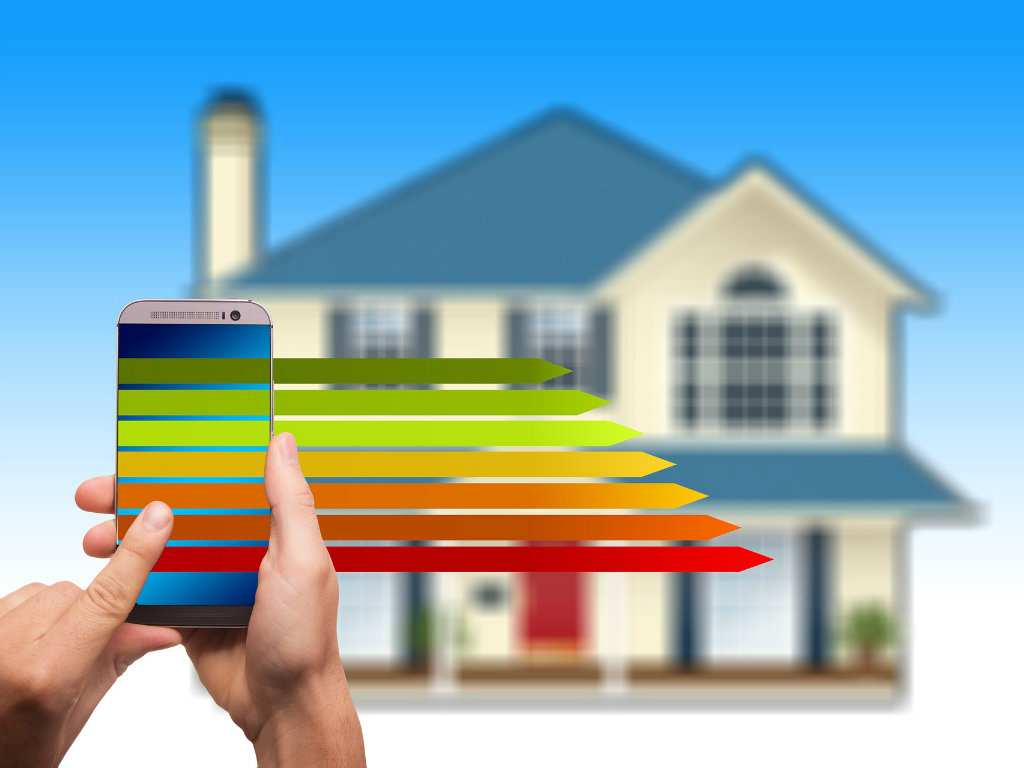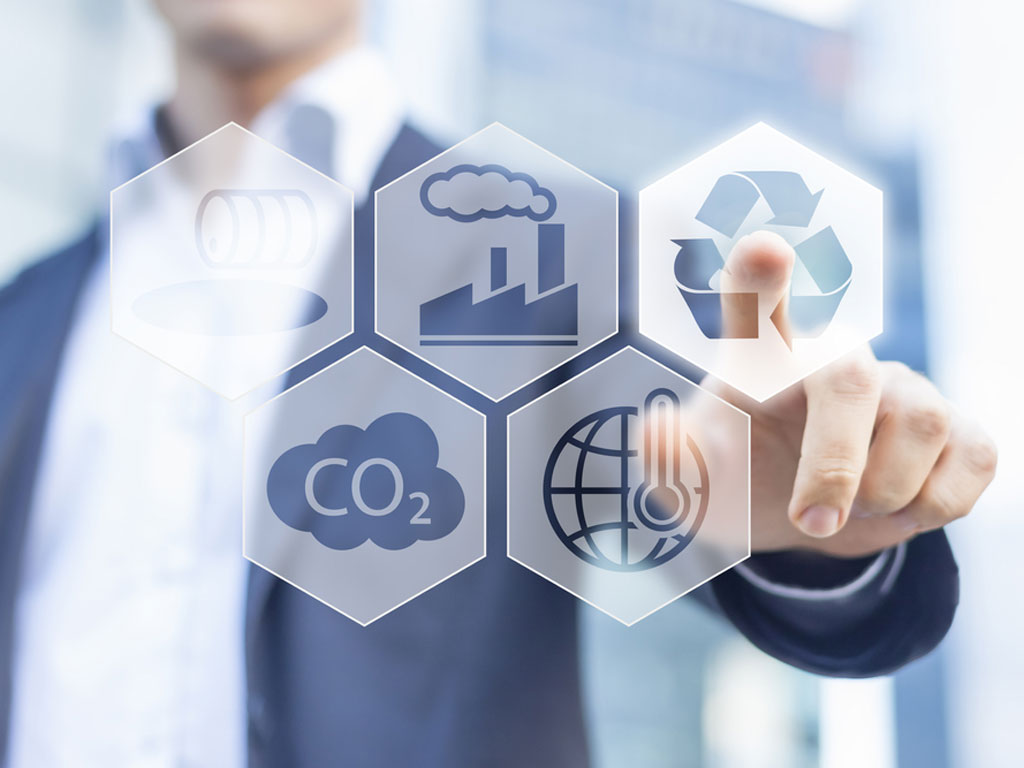SGS, Your Partner in Green Building - EDGE Global Certification Standard
What is energy efficiency?
Energy efficiency is the relationship between the output performance of an organization, its products or services and the energy consumed at the input. Based on these parameters, energy performance and its indicators are defined, at the level of the organization and in relevant processes, plants, having in mind the manner of use and the amount of energy consumed. One can say that this is the way the organization can get as much useful energy in its processes from the final energy, which it pays for at the entrance.
How can an organization, for the same amount of energy consumed at the entrance, get a higher output, more products or services, while providing all their necessary output characteristics and parameters? The answer to these questions lies in the Implementation of the "ISO 50001: 2018" standard for energy management. Efficient management of energy and resources is one of the key elements of sustainable growth and development of the organization.
Why implement standards and what are the benefits?
The main motive for implementation of energy management standards is the reduction of costs and increase in profits. This directly opens up opportunities for sustainable growth and development of the organization.
Afterwards, productivity, quality and competitiveness improve. Possibilities for improving the energy performance of the organization through the application of more energy efficient technical and technological solutions and measures are identified, evaluated and prioritized. Compliance with legal requirements as well as the needs and expectations of stakeholders are ensured, as well as a better reputation of the organization, i.e. corporate commitment to the environment and the use of resources as well as the supply chain.
Basic characteristics of energy management standards
The application of standards provides a strategic approach of the organization to the efficient use of energy and resources, which means that through the analysis of risks and opportunities, those elements from the context of the organization that can significantly affect the energy performance of the organization are taken into account.
Implementation plan:
• First step: Development of GAP analysis
Recording and analysis of the situation within the company`s energy sector and comparison with pre-defined criteria; finally, compliance measures and actions are defined, including implementation action plans.
• Next step: Development of the Energy Review in the organization in accordance with the "ISO 50002: 2014" standard for the implementation of energy audits. Areas of significant energy consumption, energy performance indicators, energy benchmarks as well as a detailed plan for the collection and analysis of energy data and parameters are identified.
Note: The organization can immediately start implementing this standard, independently, without previous steps or with the use of consulting services, depending on available resources and knowledge.
The ultimate goal is the full implementation of this standard, improvement of the energy performance of the organization and certification by an accredited certification body.
SGS offers green building certification according to the EDGE global standard
According to official UN data, buildings and their construction account for 39% of energy-related CO2 emissions. As part of its services, SGS can also offer green building certification according to the EDGE global standard, as well as technical consulting services for entering the LEED certification procedure.
Our experts, using specialized software packages, analyze existing facilities or develop concepts for new buildings, give a detailed overview in the form of technical solutions, all in order to reduce operating and energy costs, as well as negative impact on the environment. The goal of EDGE certification is to reduce energy consumption, water use and installed energy in materials by at least 20% compared to local standards and practices. More information can be found at: Home - EDGE Buildings
In order to obtain LEED certification, the project "obtains" points by adhering to prerequisites and credits related to carbon, energy, water, waste, transportation, materials, health and the quality of the indoor environment. Projects go through the process of verification and review by GBCI and receive points that correspond to the level of LEED certification: certified (40-49 points), silver (50-59 points), gold (60-79 points) and platinum (over 80 points). More information available at: LEED rating system | U.S. Green Building Council (usgbc.org)
EDGE and LEED programs help investors meet their ESG goals (link to the ESG business model and SGS "ESG Assurance Solutions") by providing investors with a robust and globally recognized green building framework for measuring and managing their real estate performance. Additionally, they help investors implement management practices to prioritize building efficiency, reduce operating costs, increase property value, and ensure productivity, comfort, health, and well-being for the tenants. A green or sustainable building increases the efficiency of energy, water and material use. As a guarantee of complete impartiality, SGS does not participate in any production, business or financial activities that could compromise its independence and neutrality. This core value, combined with our global expertise, enable us to offer an integrated and transparent approach to green building services. The way we look at your construction project if of a connected process that requires multidisciplinary tasks and skills. Our approach helps you meet your sustainability goals on time and within budget. www.sgs.com
















